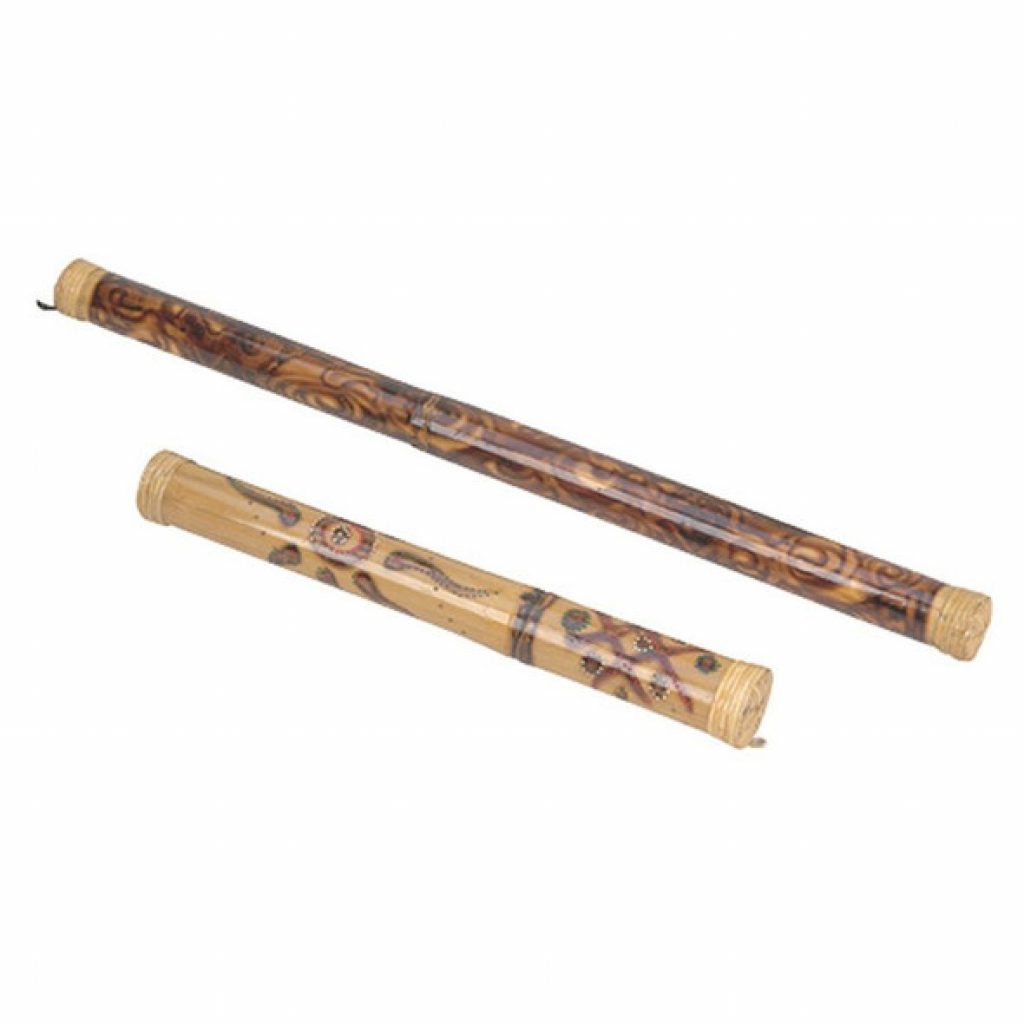Rain sticks, with their evocative sound reminiscent of falling rain, carry a history rich in cultural symbolism and artistic expression. Originating from diverse corners of the world, these unique instruments have played roles in rituals, ceremonies, and creative performances, leaving a soothing legacy that echoes through time.

Ancient Origins: The origins of rain sticks are deeply rooted in ancient cultures, with evidence of their use found in regions spanning from South America to Africa and Asia. The earliest rain sticks were crafted from natural materials, such as cacti or bamboo, and filled with seeds, pebbles, or beads. The creation of sound by inverting the instrument mirrored the natural phenomenon of rainfall.
Cultural Symbolism: In various indigenous cultures, rain has profound symbolic significance. Rain is often associated with life, fertility, and abundance. Rain sticks, with their ability to mimic the gentle sound of raindrops, were used in ceremonies and rituals to invoke blessings of prosperity, growth, and renewal.
Indigenous Traditions: Rain sticks have been integral to the traditions of indigenous communities. In South America, among the Mapuche people, rain sticks were considered sacred instruments used in ceremonies seeking harmony with nature. Similarly, in Australia, Aboriginal communities crafted rain sticks from eucalyptus branches as part of their cultural practices.
Artistic Expression: Beyond their ritualistic use, rain sticks have become artistic expressions in their own right. Craftsmen and artists worldwide have embraced the creation of rain sticks, incorporating a variety of materials, designs, and embellishments. These instruments not only serve functional purposes but also stand as works of art, reflecting the creativity and cultural diversity of their makers.
Global Adoption: As societies became more interconnected, the use of rain sticks transcended cultural boundaries. They found a place in world music, ambient compositions, and therapeutic practices. Musicians and sound healers embraced the soothing and calming qualities of rain stick sounds, incorporating them into diverse musical genres and holistic wellness sessions.
Therapeutic Soundscapes: In contemporary times, rain sticks have earned a place in therapeutic soundscapes. The gentle, rhythmic sound produced by these instruments has been found to induce relaxation and reduce stress. Sound healers use rain sticks to create tranquil atmospheres for meditation, massage, and other wellness practices.
Craftsmanship and Innovation: Crafting rain sticks involves a blend of traditional techniques and modern innovation. Artisans around the world continue to explore new materials and construction methods, ensuring the evolution of these instruments while respecting their cultural roots.
Educational Tools: Rain sticks have also found a role as educational tools, introducing people to the rich cultural histories from which they emerge. Schools and cultural institutions use rain sticks in programs that celebrate diversity and explore the interconnectedness of global traditions.
In essence, the history of rain sticks is a testament to the universal fascination with the natural world and the creative ways in which humans seek to emulate and celebrate its wonders. From sacred ceremonies to modern therapeutic sessions, rain sticks continue to echo the timeless and calming rhythms of falling raindrops.